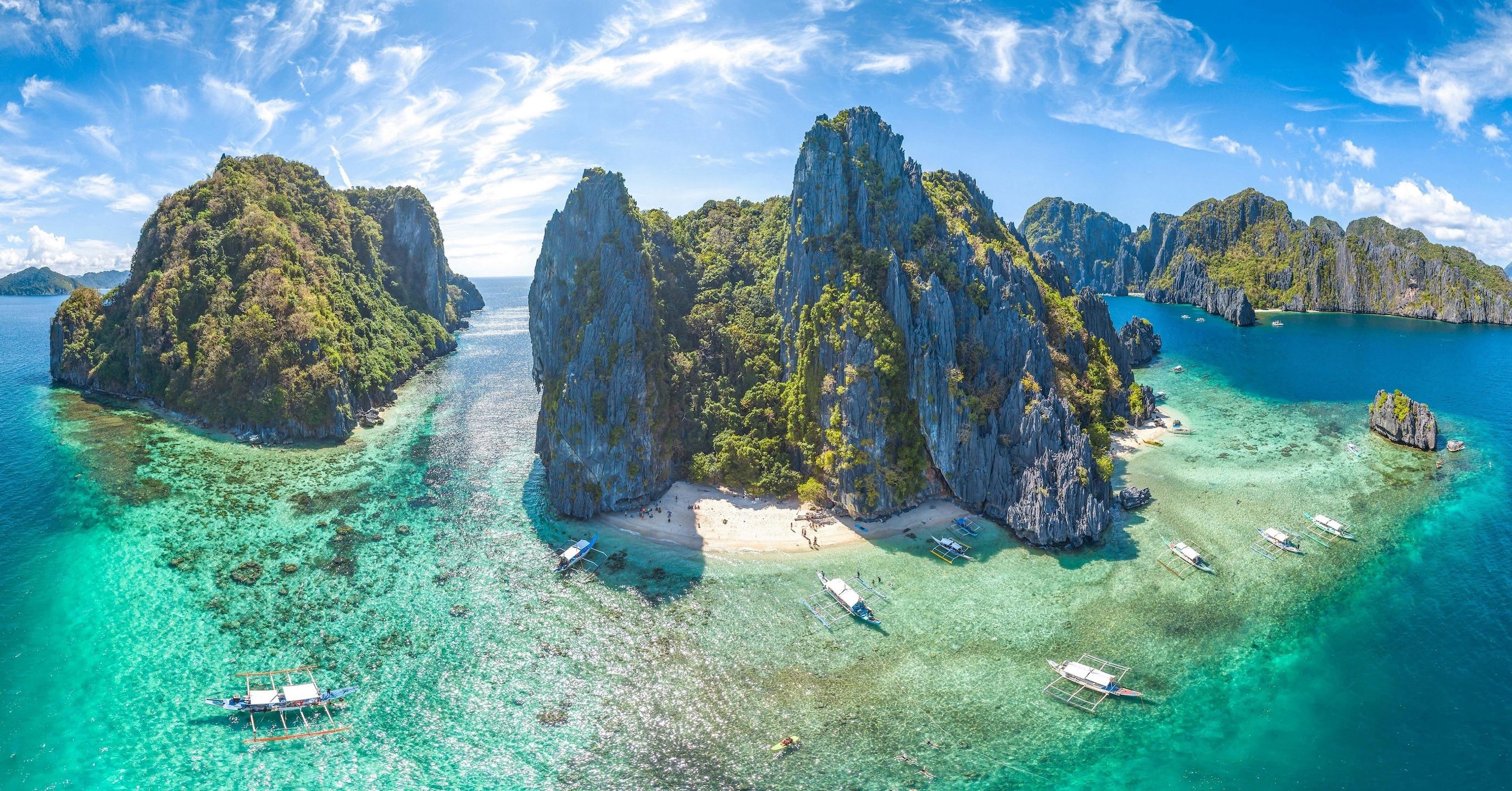The Republic of the Philippines, an island nation in South-East Asia located in the western Pacific, is part of the Malay Archipelago. It is part of the Pacific volcanic fire ring. The closest neighbors are Taiwan, Indonesia (Sulawesi), Malaysia (Sabah). The time differs from the Moscow time by four hours upwards, UTC/GMT +8. The Philippine currency is Philippine peso.
The coastline is the fifth longest in the world, washed by the South China, Philippines and Sulawesi Seas. The Philippine archipelago is 3000 km long from north to south and 900 km long from east to west. The territory includes 7107 islands - 300 000 km² (comparable to the Tomsk region), less than a thousand of them inhabited, and a third - does not even have its own names. The largest are Luzon, Mindanao, Mindoro, Palavan, and Visayi.
Half of the Filipinos live on the island of Luzon, where the capital is located - Manila. The population is one hundred million people, about eleven million of them are abroad: every year one million Filipinos go to study or work in other countries of the world. Among them, there are highly skilled professionals, but most of them are engaged in low-wage work, in Italy, for example, where there are approximately 250,000 Filipinos, the word "filippina" has become synonymous with the word "housekeeper".
Cash inflows from abroad make up a large part of the country's economy - almost ten percent of GDP. The Philippines is an agrarian-industrial country, which is the world's main supplier of coconuts and one of the largest - bananas, pineapples and rice. The agricultural sector accounts for 32 per cent of the working-age population and 14 per cent of GDP. Half of the population works in the service sector (56% of GDP). In the industrial sector - 14% (GDP 30%). Unemployment - 8%.
The Philippines is a multi-ethnic country with dozens of peoples and nationalities that speak 400 languages and dialects. The largest peoples are the Wisayas, Tagalas, Ilokas and Moro. There are a lot of representatives of small peoples, including the indigenous inhabitants of the islands - the aeta. In the 1970s, the Tasadai-Manube people were discovered and were believed to have existed in isolation for about a thousand years without knowing what was happening in the outside world.
